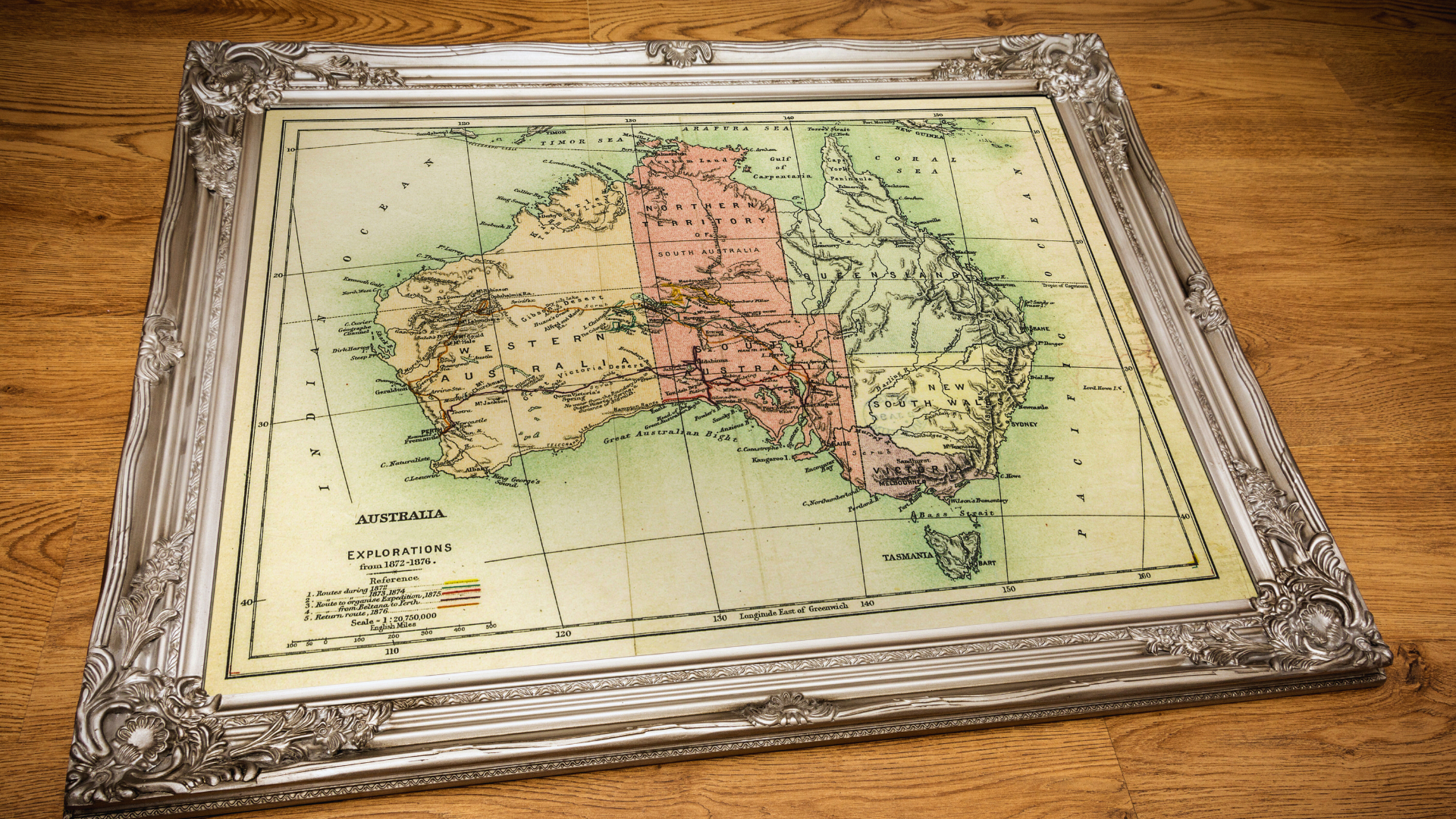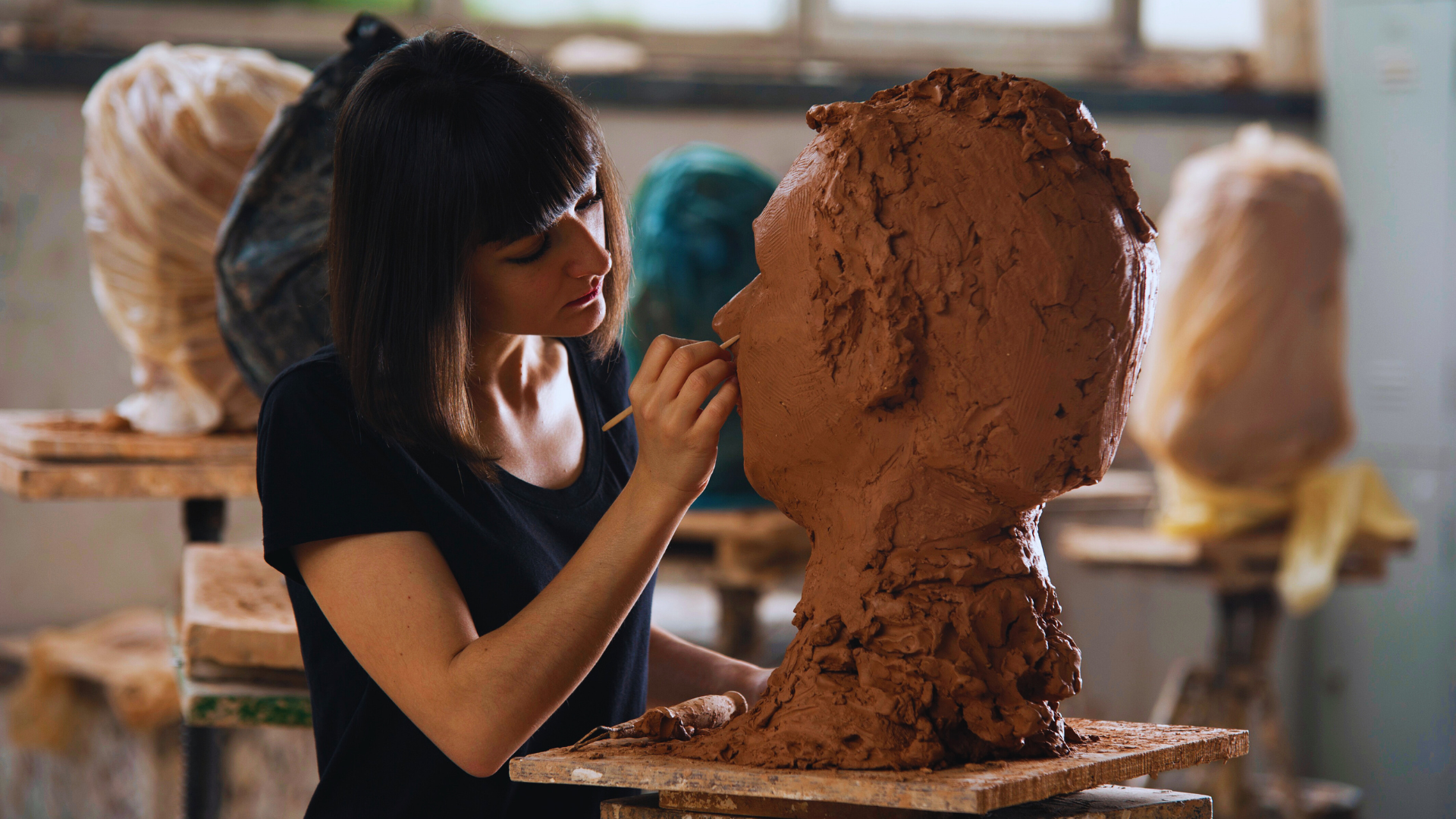Understanding the different types of creative writing is a difficult task, but it becomes much easier when you have a glossary to refer to. This article breaks down the different types of creative writing for you so that it’s easier to understand what each category entails.
What is Creative Writing?
Creative writing is a form of writing that focuses on the creation of original, expressive, and imaginative works of art. It can be used to express oneself, tell a story, or convey a message. Creative writing can take many different forms, including poetry, prose, plays, screenplays, and essays.
There are many different types of creative writing, each with its unique purpose and style. The four main types of creative writing are:
Poetry
Poetry is a form of creative writing that uses language to create evocative images and feelings. It often employs rhyme and meter to create a musical or lyrical effect.
Prose
Prose is the most common form of creative writing. It can be used to write novels, short stories, essays, and even journalistic articles. The prose is characterized by its use of natural language and its flow of thought.
Plays
Plays are a type of creative writing that is meant to be performed onstage. They typically consist of dialogues between characters and often include stage directions and other information about the setting and action.
Screenplays
Screenplays are a type of creative writing specifically for movies or television shows. They include all the necessary information about the characters, plot, setting, and action in a screenplay format.
Types of Creative Writing
Creative writing can be divided into many different genres, each with its unique style and purpose. Here are some of the most common types of creative writing:
- Fiction is a story that is not based on real events. It can be either a short story or a novel. Fiction is often written to entertain the reader or to make them think about a certain issue.
- Non-fiction is a piece of writing that is based on real events. It can be either an article or a book. Non-fiction is often written to inform the reader or to teach them something new.
Creative Writing Techniques
Creative writing techniques can be divided into two main categories: techniques for generating ideas, and techniques for developing and refining those ideas into a finished piece of writing.
Idea generation techniques include:
- brainstorming
- free writing
- mind mapping
Brainstorming involves coming up with as many ideas as possible, without worrying about whether they’re good or not. Free writing is similar, but you focus on a particular topic or prompt and just write whatever comes into your head, again without worrying about the quality. Mind mapping is a visual way of brainstorming, where you write down your central idea in the middle of a page and then draw branches out from it for related ideas.
As soon as you have some ideas to work with, the next step is to start developing them into something more coherent. This is where creative writing techniques like storyboarding and outlining come in. Storyboarding is a way of visually mapping out the events of a story, scene by scene. Outlining is similar, but instead of focusing on individual scenes, you focus on the overall structure of the story. These techniques can help you to see how your ideas fit together and what order they should go in.
When you have a solid plan for your story, it’s time to start writing it! This is where creative writing techniques like description and dialogue come in. The description helps to set the scene and create an immersive world for your readers. Dialogue brings your characters to life and helps to move the story along.
Once you’ve crafted the initial rough draft of your novel, it’s essential to have the right tools at your disposal to facilitate the writing and editing process. One of the most fundamental tools for any writer is a reliable pen. While digital devices have their advantages, there’s something special about the tactile experience of putting pen to paper. There are various types of pens that can make your writing journey smoother. Ballpoint pens are a classic choice, offering a consistent flow and a wide range of ink colors to suit your preferences. Gel pens, on the other hand, provide a smooth and vibrant writing experience, making them ideal for creative writing exercises or jotting down ideas on the go. For those who value the ability to make corrections without leaving unsightly marks, erasable pens can be a game-changer. These pens use a unique ink formulation that can be easily removed using a specialized eraser or a friction-based eraser tip. But how do erasable pens work? The ink in these pens is designed to be lifted from the paper surface when exposed to friction or heat, allowing for seamless corrections without leaving permanent blemishes. Beyond pens, a writer’s toolkit can also include other essential items like notebooks or journals for capturing ideas, sticky notes for quick reminders, and even comfortable writing utensils like pencils or mechanical pencils for those who prefer a different writing experience.
After you have completed writing, it can be quite beneficial to shift your focus to visualizing the finished work. At this stage, contemplating the appearance of the complete book cover could prove valuable. Envisioning the cover design in its entirety allows you to conceptualize how the final product might captivate potential readers from the moment they lay eyes on it. And, this is a good way to figure out what you like in terms of the visual appeal of the design. So, in that case, you can take the help of adazing, canva and many other platforms that can help in designing a book cover mockup template on your behalf. Envisioning the book cover design is an exciting step but it’s crucial to approach it with patience and care. Remember, this process should come after you’ve meticulously crafted and refined your draft to your fullest satisfaction. Rushing to visualize a template before you’ve thoroughly polished your work could be premature and ill advised.
The Importance of Creative Writing in Society
Creative writing is important for many reasons. It can help to promote better understanding and communication within society. It can also be used as a tool for social change. Additionally, creative writing can be used as a form of therapy and can help people to better cope with difficult life experiences.
There are many different types of creative writing, including fiction, poetry, and non-fiction. Each type of writing has its unique purpose and can be used in different ways to achieve different goals. However, all forms of creative writing share one common goal: to express the writer’s thoughts, feelings, and ideas in a way that is both aesthetically pleasing and emotionally resonant.
Creative writing can be an extremely effective means of communication. It can help to bridge the gap between people of different cultures and backgrounds. Additionally, it can help to promote understanding and tolerance within society. The Poetic Voice, for instance, can often be an important tool in this. With the help of vivid imagery and carefully crafted language, it can help capture delicate emotions and complex ideas. It can offer a sense of shared humanity, reminding us of the experiences that connect us all. This makes it a powerful tool for developing social connections. This type of creative writing can also be used as a tool for social change. By raising awareness about important issues, creative writing can help to bring about positive social change.
Creative writing can help people to better cope with difficult life experiences. Writing can be a cathartic experience, allowing people to express their feelings in a safe and non-judgmental environment. Additionally, it can help to improve mental health by providing an outlet for stress relief and promoting self-esteem.
Creative writing is a broad field that can encompass many different genres and styles. Understanding the different types of creative writing can help you choose the right one for your project. Whether you’re looking to write a novel, a play, or something else entirely, understanding the different types of creative writing will help you get started on the right foot.





